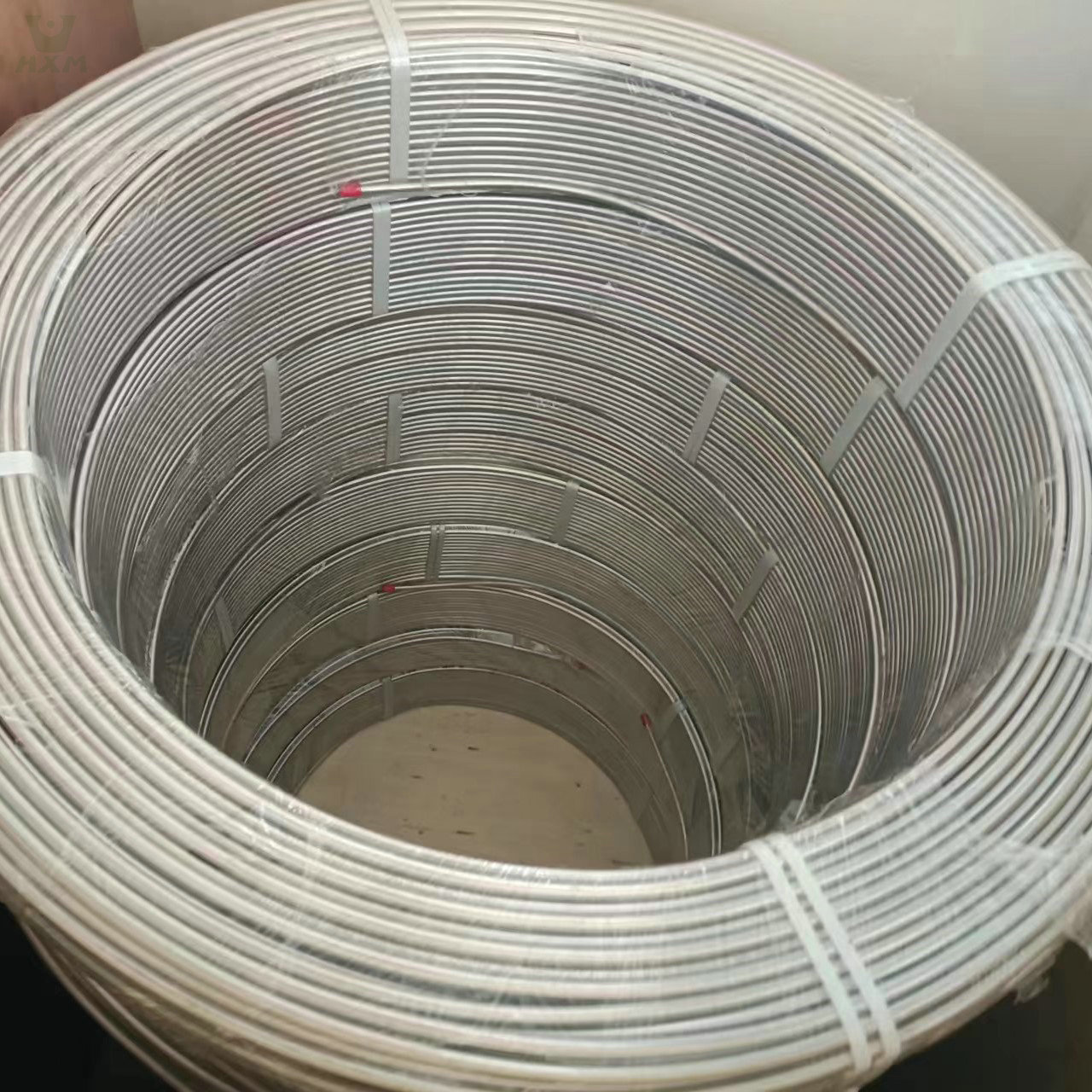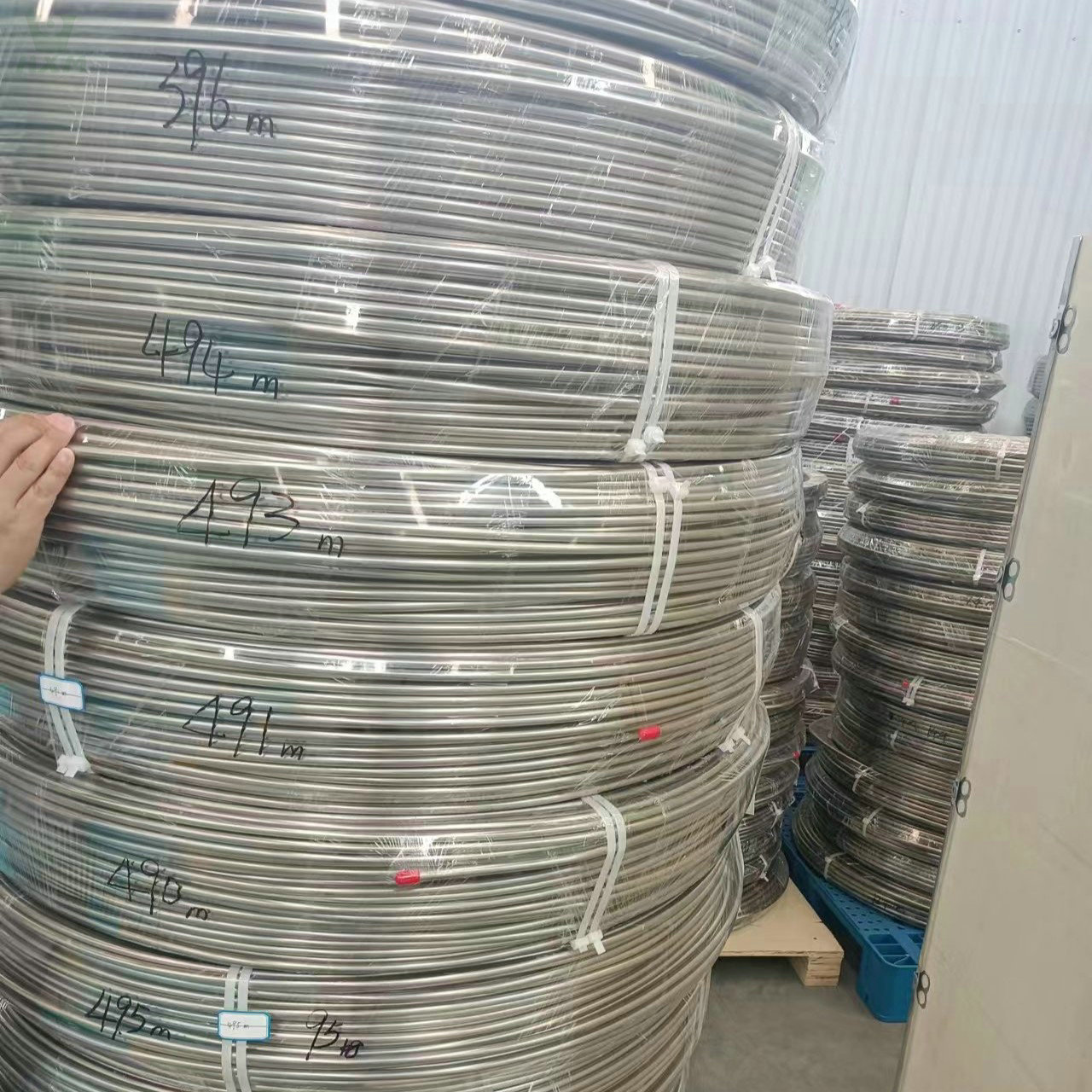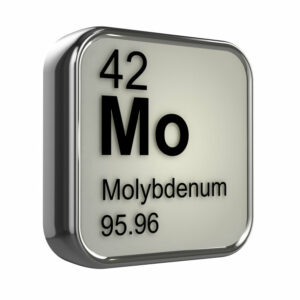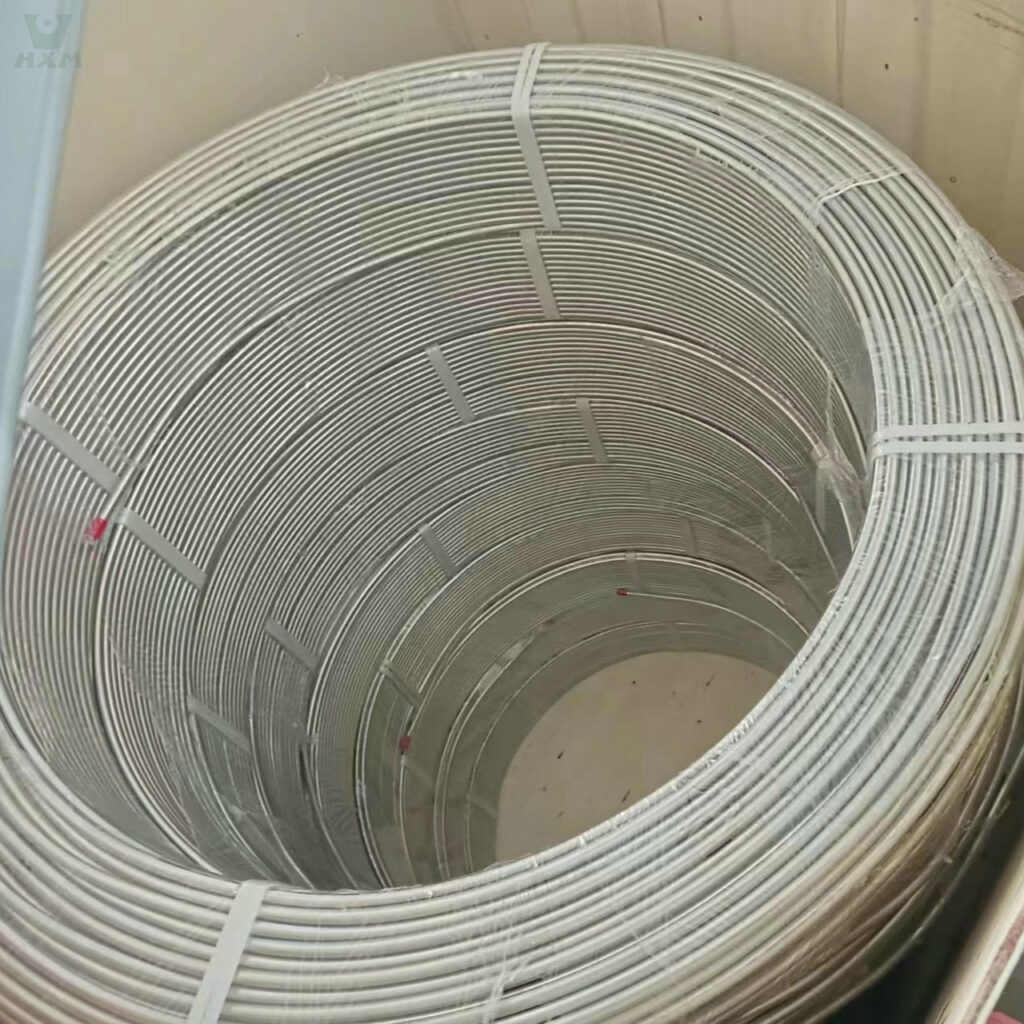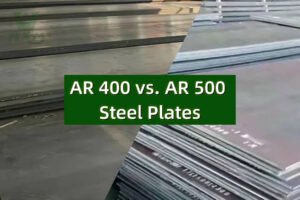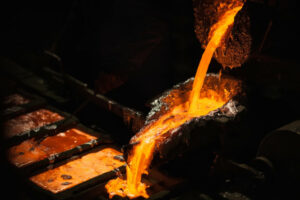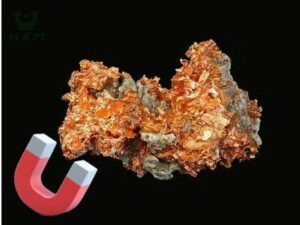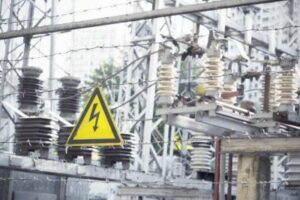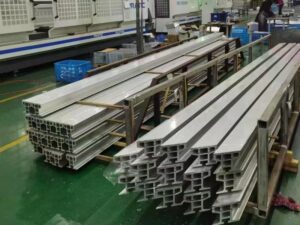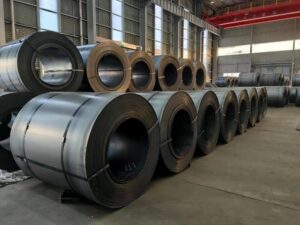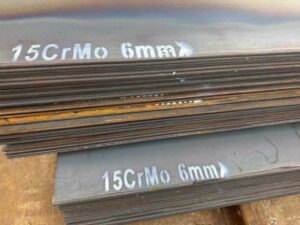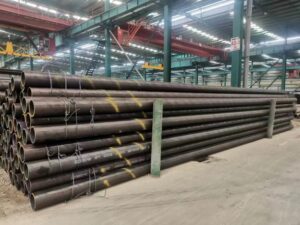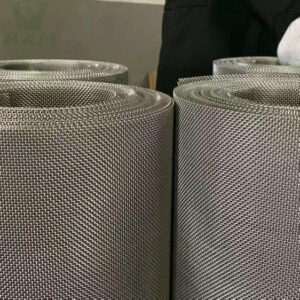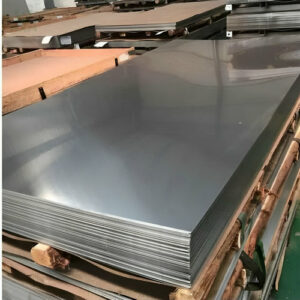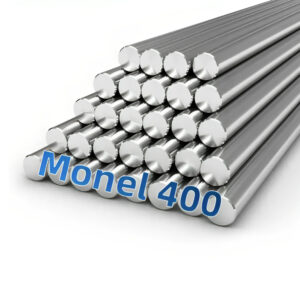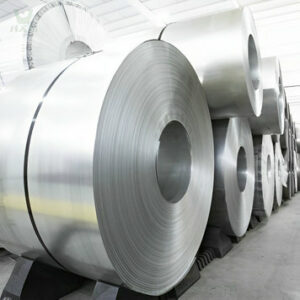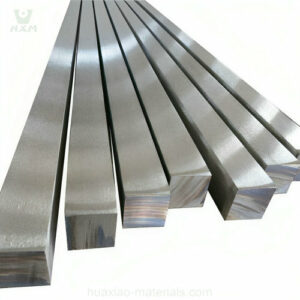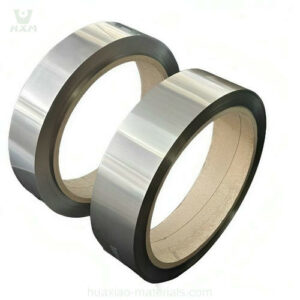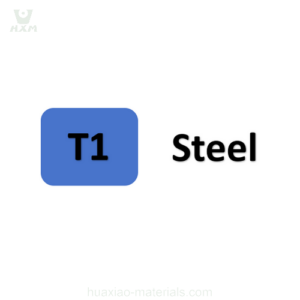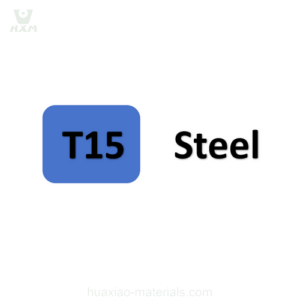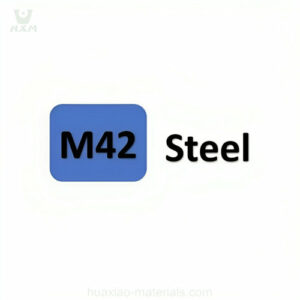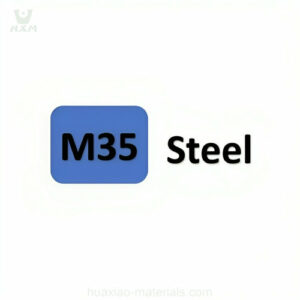When selecting suppliers for 316 stainless steel pipes, several factors should be considered to ensure you receive high-quality products that meet your specific needs and standards. Here are key factors to keep in mind:
Product Quality: Look for suppliers who provide 316 stainless steel pipes that meet international quality standards such as ASTM (American Society for Testing and Materials) or other relevant industry specifications. Request product certifications and test reports to verify the material’s composition, mechanical properties, and corrosion resistance.
Experience and Reputation: Choose suppliers with a proven track record of supplying high-quality stainless steel products. Check their reputation in the industry, read customer reviews or testimonials, and assess their experience in manufacturing and supplying stainless steel pipes.
Certifications and Compliance: Ensure that the supplier adheres to industry standards and regulations. They should be ISO certified and capable of providing materials that meet specific regulatory requirements, especially in industries like pharmaceuticals or food processing.
Range of Products: Consider suppliers who offer a diverse range of 316 stainless steel pipes in various sizes, schedules, and specifications. This ensures you have options to choose from based on your application needs.
Customization: If your project requires custom sizes, lengths, or specifications, choose a supplier who can provide customization services to meet your exact requirements.
Material Sourcing: Inquire about the origin of the stainless steel used in their products. High-quality stainless steel starts with reputable sources and proper alloying. Ask about the traceability of the material to ensure its authenticity.
Manufacturing Capabilities: Assess the supplier’s manufacturing facilities and processes. Modern equipment, advanced technology, and adherence to best practices are indicative of their commitment to producing quality products.
Testing and Quality Control: Ask about the supplier’s quality control measures. Do they conduct material testing, dimensional inspections, and non-destructive testing? Ensure that their products undergo rigorous quality checks before delivery.
Lead Times: Consider the supplier’s lead times for production and delivery. A reliable supplier should be able to meet your project timelines without compromising on quality.
Supply Chain Stability: Evaluate the supplier’s ability to consistently provide stainless steel pipes in the quantity you require. A stable supply chain helps prevent delays in your projects.
Customer Support: Opt for suppliers who offer excellent customer support. They should be responsive to inquiries, provide technical assistance, and address any concerns promptly.
Price and Value: While price is a factor, prioritize value over the lowest cost. High-quality stainless steel products may come at a higher initial cost but can save you money in the long run due to their longevity and performance.
References: Request references from the supplier’s existing customers. This can give you insights into their reliability, product quality, and overall satisfaction.
Global Reach: If your project requires international shipments, consider suppliers with experience in international shipping and logistics to ensure smooth delivery.
Environmental Practices: Choose suppliers who adhere to environmentally friendly practices and have implemented sustainable manufacturing processes.
After-Sales Support: A reputable supplier should offer post-sale support, including assistance with installation, technical guidance, and addressing any concerns that may arise after delivery.
In summary, selecting the right supplier for 316 stainless steel pipes involves a careful assessment of their product quality, reputation, capabilities, and customer support. Conduct thorough research, gather multiple quotes, and choose a supplier that aligns with your project requirements and standards.1
